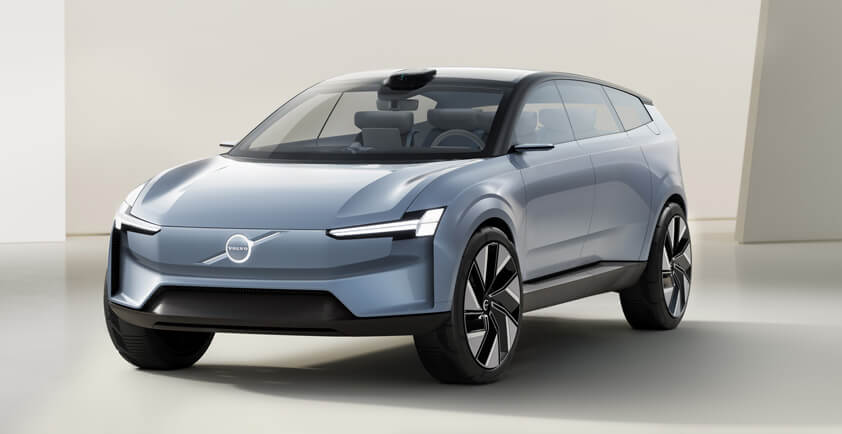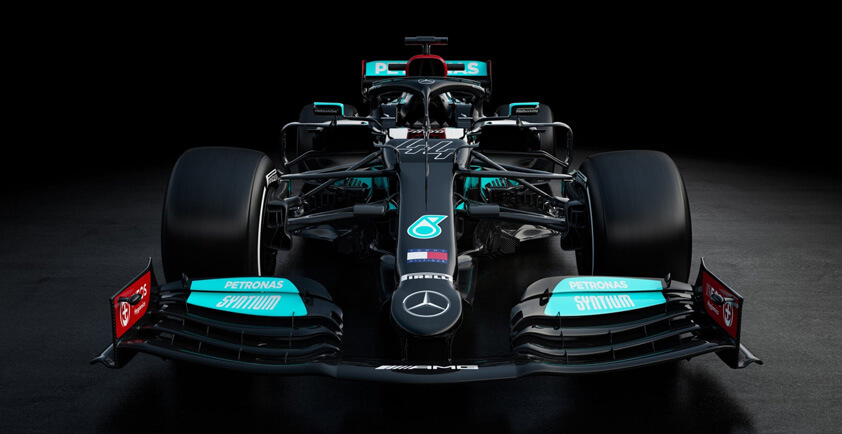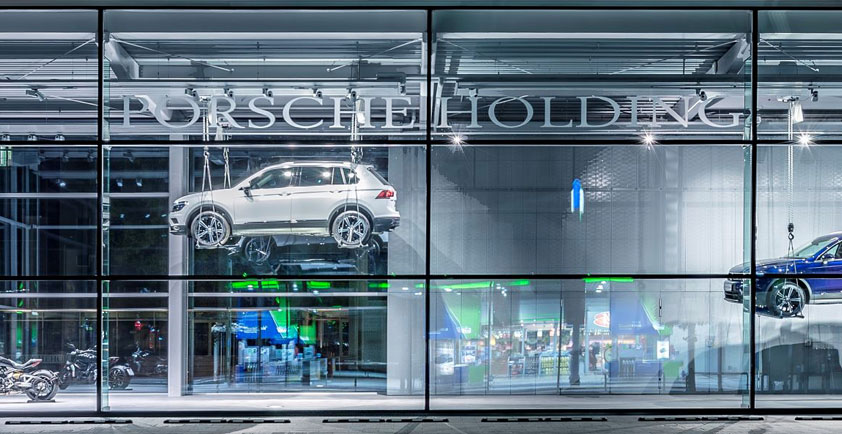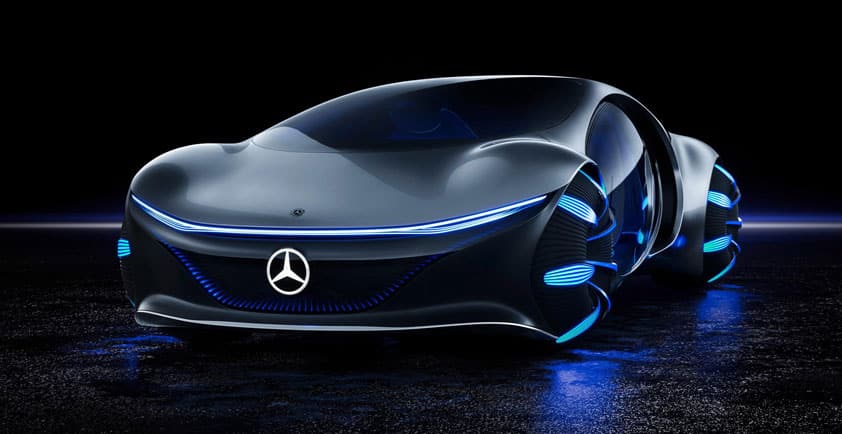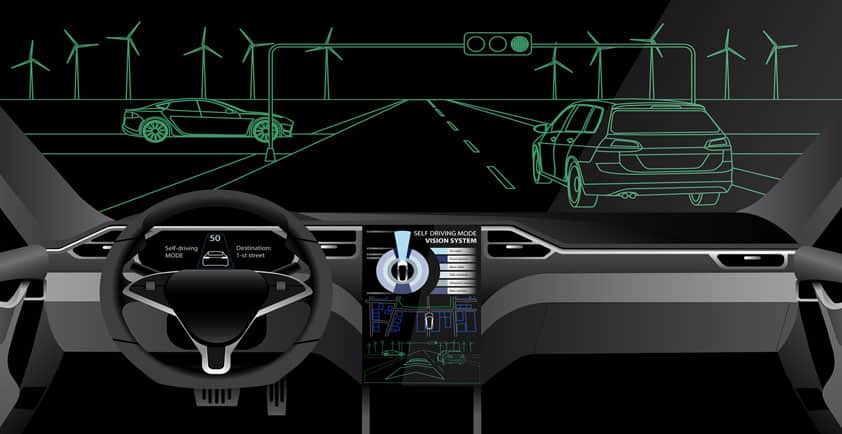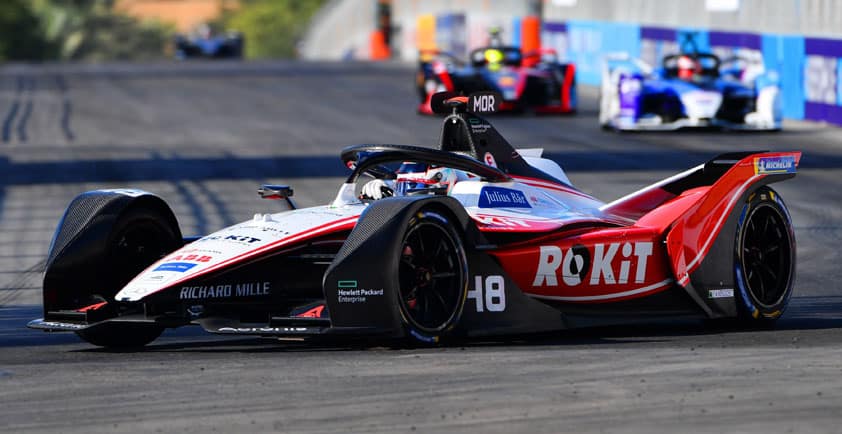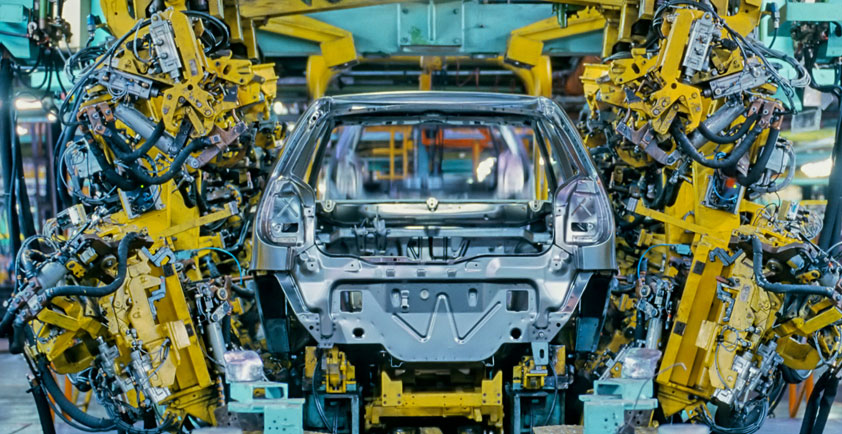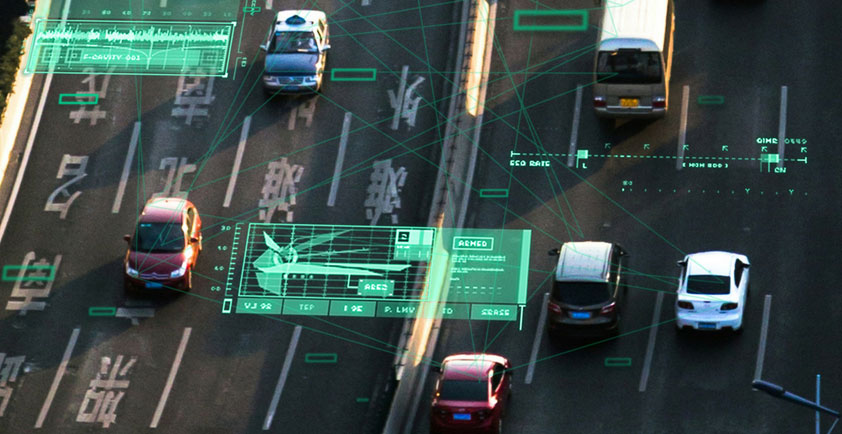
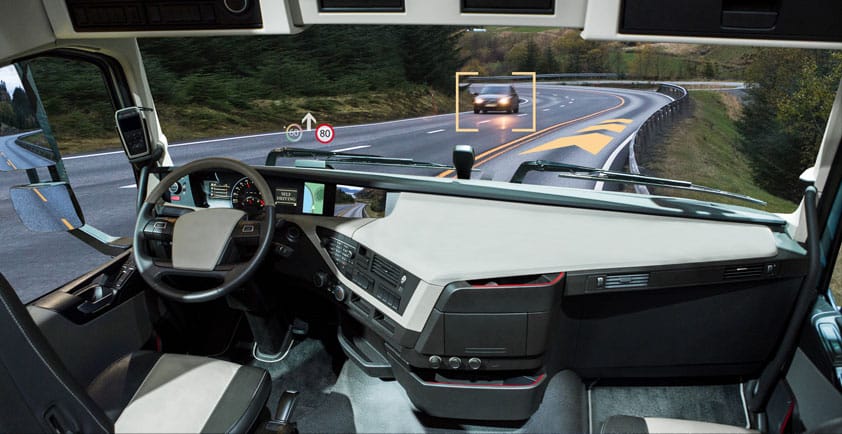
WHO IS DRIVING THIS THING? A QUICK LOOK AT THE STATE AND FUTURE OF AUTONOMOUS MOBILITY
The “dream” goes back to cartoons and futuristic films of the 1940s and 1950s: vehicles that drive themselves to wherever passengers want to go. They navigate the most complex of itineraries, provide safety no human operator could match, ensure greater economy and comfort ... all while giving drivers and riders the freedom to accomplish more pleasant tasks, like reading, playing cards, and much more.
Surely, we have made progress in achieving our dreams. Or have we?
Vehicles and beyond
Although autonomous vehicles remain a rare sight on public roads, the answer is a definite “yes.” In fact, autonnomous vehicles could easily be the rule rather than the exception.
The breakthroughs making autonomous mobility (AM) possible are happening worldwide. Teams are creating and maintaining a global data fabric, building software that delivers performance and safety, tapping the cloud and on-premise environments to make sure they can populate and repopulate the right data at the right place and time, and establishing communications between people and governments worldwide. All this work serves as the basis for major enhancements in autonomous mobility, including commercial transportation, drones, warehouse, and robotics. The activity requires the movement of people or products from one place to another will be impacted and enhanced, thereby better serving society and individuals.
Who’s in the driver’s seat?
HPE and DXC are leading the industry in critical areas of technology and governance. We are leading the way in the design, development and implementation of autonomous mobility, including managing petabytes of data and use of artificial intelligence (AI). We partner across the industry to bring world -class resources to bear to create the DXC Robotics Drive solution. This involves combining DXC’s depth/breadth of expertise and experience in robotic drive with HPE technology, especially HPE’s Ezmeral Data Fabric. This results in solutions that advance the AM world:
> Analyze Data – Using native in-vehicle data formats, saving time spent converting data into other formats, and expediting the R&D process on petabyte scale
> Collect, Store, and Analyze Data – Leveraging environmental data (such as perception and location data) and making it available for algorithmic training as quickly and efficiently as possible
> Expedite Development – Faster data analysis and algorithm development and provide access to the computing power, accelerators, and automation for evolving AI
> Enable - Simulations with the autonomous driving platform, open- and closed-loop software and hardware functional testing the needed scale
> Train - AI models with deep learning clusters (pioneered by DXC Technology), a core task for data fusion and motion control that significantly expedites object and scenario recognition by managing the AI and machine learning algorithms end-to-end
> Automate - Deployment of functional testing to road test autonomous vehicle reliability and safety and achieve road approval
The results fundamentally change autonomous mobility across the board. Autonomous mobility make life better … and is well worth keeping alive.
On the fast track
Listen to this informative podcast (below), “HPE and DXC podcast: Trends in Autonomous Mobility” for more information. It features Robert Christensen from HPE’s Office of the CTO and Matthias Bauhammer who heads up DXC’s Robotics Drive offering. The podcast brings you up to date on what’s happened, what’s going on now, and what lies ahead in autonomous mobility.
Author - Joseph T. Rice, HPE WW Alliance Partner Marketing Manager
